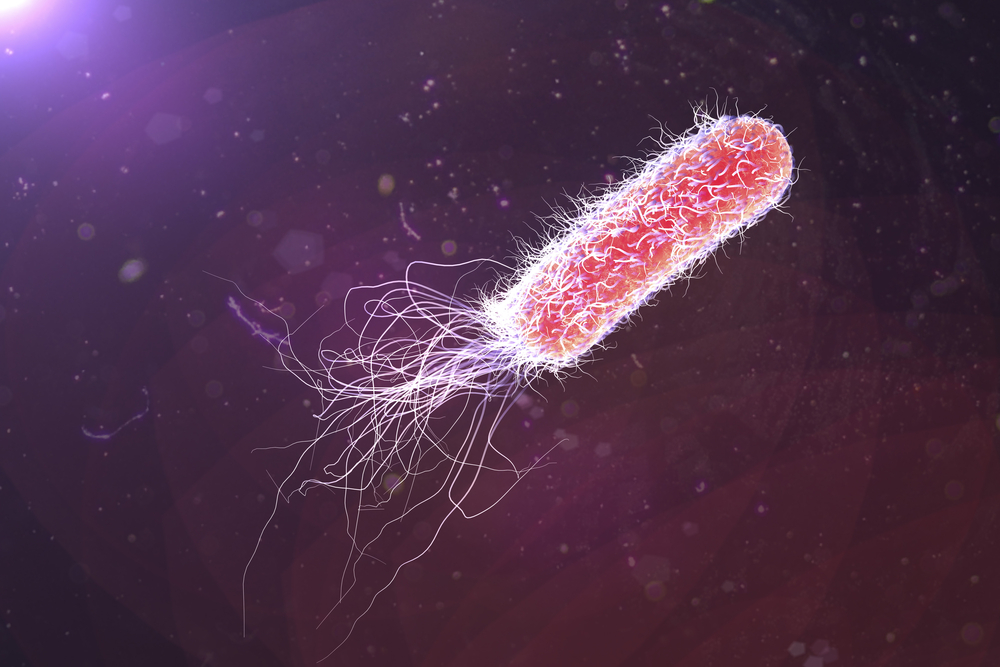
Drawing on its expertise in control systems and cell biology, a five-member team from the Whiting School and School of Medicine is setting out to design and test self-directed microscopic warriors that can locate and neutralize dangerous strains of bacteria.
The team recently received a four-year, $5.7 million federal contract to devise a prototype biocontrol system that can dispatch single-cell fighters to track down and engulf specific pathogens, rendering them harmless. The funding was awarded by the Defense Advanced Research Projects Agency, commonly called DARPA.
Possible first targets in this proof-of-concept project include Legionella, the bacteria that cause Legionnaire’s disease; and Pseudomonas aeruginosa, a bacterial strain that is the second leading cause of infections found in hospitals. If the project succeeds, these tiny infection fighters might one day be dispatched to curtail lethal microbes lurking in medical settings. Eventually, they could also be used to cleanse contaminated soil or possibly defend against bioterror attacks.
“Once you set up this biocontrol system inside a cell, it has to do its job autonomously, sort of like a self-driving car,” says principal investigator Pablo Iglesias, the Edward J. Schaefer Professor of Electrical Engineering.




